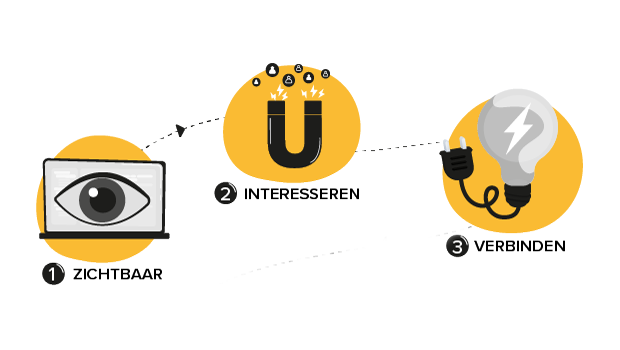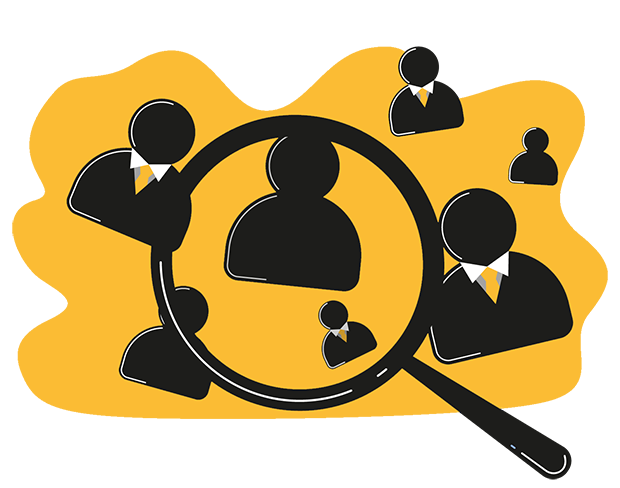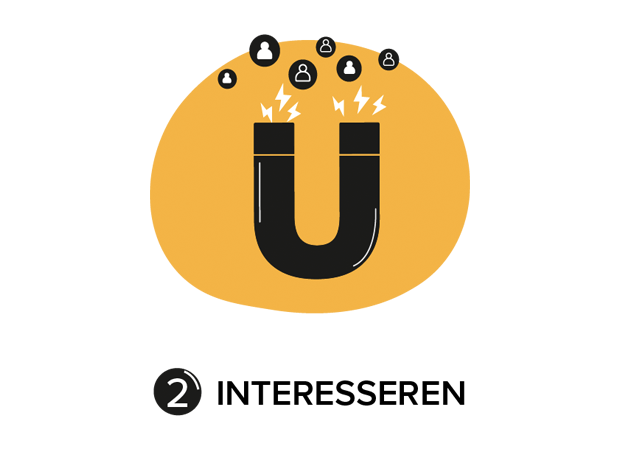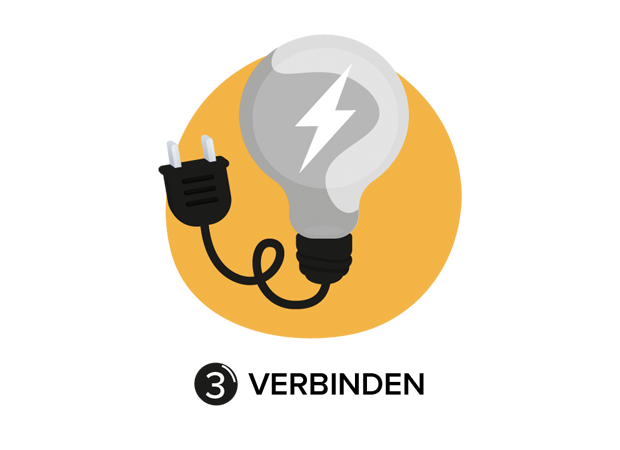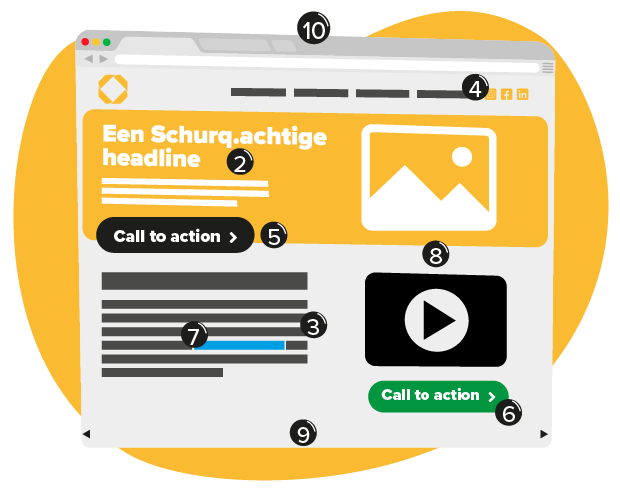Generate visibility through video ads.
One way to do this is through a video. In Facebook, this is called a ThruPlay. But this way of advertising is also available in YouTube (Trueview) and LinkedIn. It's up to you to create a video in which you introduce viewers to your brand and product or service. Here it is important that you know your target audience. Why? When you are able to respond to the (latent) needs and pain points of your target group, you can be almost certain that the video will trigger. After all, you have the solution to these pain points. And wouldn't you like to hear that?
When you choose this way of advertising, you obviously want to do it right. We can well imagine that you could use some support with this. That is why we have created a handbook. In which we give you tips and describe which elements should be in your video. You can find that manual via the button below!
